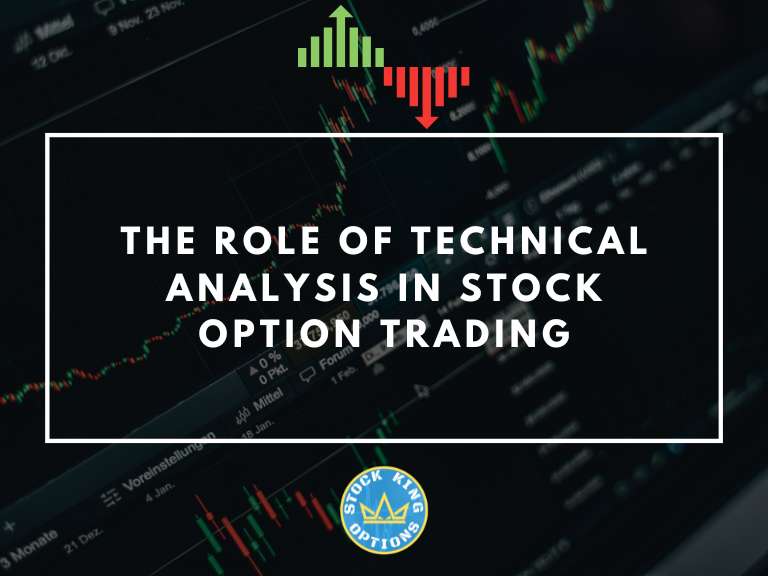
Utilizing technical analysis can be an incredibly powerful tool for your stock option trading service like Stock King Options which should provide drawings on the charts which show support and resistance, trend lines, and patterns. Technical analysis involves analyzing market data such as price, volume, and trends to help predict future movements in the market. We’ll dive into the importance of technical analysis and how the best stock option trading services use it and help you make more informed decisions when investing in stocks. Get ready to learn all about how technical analysis can take your investment strategy to new heights!
What is Technical Analysis in Trading?
Technical analysis is the process of using past price data and other market indicators to forecast future market behavior. Technical analysts believe that prices move in trends and that these trends can be identified and used to make profitable trading decisions.
There are many different technical indicators that can be used for technical analysis, but some of the most popular include moving averages, support and resistance levels, and trend lines. Technical analysts will often use multiple indicators to make more informed decisions.
Technical analysis can be used for short-term trading or long-term investment strategies. Many stock option traders use technical analysis to identify potential trading opportunities.
Advantages and Limitations of Technical Analysis
Technical analysis is a technique that financial analysts use to predict future price movements of security by analyzing past price patterns. Many traders believe that technical analysis can be an effective tool for identifying trading opportunities and managing risk.
There are some advantages to using technical analysis when trading stock options. Technical analysis can help traders identify potential support and resistance levels, which can be used to place stop-loss orders or take profits. Technical indicators can also provide traders with early warning signs of a potential trend change.
However, there are also some limitations to using technical analysis. One is that past price patterns may not always repeat themselves in the future. Another is that technical indicators are often lagging, meaning they may not give traders timely information about a potential trend change. Finally, as with all forms of trading, technical analysis is subject to interpretation, so different traders may see different things when looking at the same chart.
Integrating Technical Analysis with Fundamental Analysis
Technical analysis is a method of evaluating securities by analyzing the statistical trends gathered from trading activity, such as past prices and volume. Technical analysts believe that the collective actions of all the participants in the market accurately reflect all relevant information, and therefore, continually price securities correctly. They also believe that it is possible to identify patterns in price movements that can be used to predict future price movements.
There are two main schools of thought when it comes to technical analysis:
-The first school believes that prices move in Trends. This means that if a security is currently in an uptrend, it is more likely to continue going up than down. Likewise, if a security is in a downtrend, it is more likely to continue going down than up. The goal of technical analysis is to identify these Trends early and ride them for maximum profit.
Technical analysis is the study of past price patterns in order to identify future price trends. Fundamental analysis, on the other hand, is the study of a company’s financial statements and performance in order to identify its intrinsic value.
Both technical and fundamental analysis have their pros and cons, but many traders find that integrating the two approaches can give them the best of both worlds. By combining technical analysis with fundamental analysis, traders can get a more complete picture of the market and make more informed trading decisions.
Some traders focus mainly on technical indicators when making trading decisions, while others place more emphasis on fundamental factors. There is no right or wrong approach, but many successful traders find that combining both technical and fundamental analysis gives them an edge in the market.
-The second school believes that prices move in Waves. This means that prices don’t just go up or down; they go up AND down, over and over again in a pattern. The goal of technical analysis is to identify these Waves early and trade them for maximum profit.
Technical analysis is the study of past price action in order to identify patterns and predict future prices. Fundamental analysis is the study of a company’s financials in order to identify its value.
Integrating technical analysis with fundamental analysis can give traders a more complete picture of the market and help them make better informed trading decisions. Technical analysis can be used to identify trends and support and resistance levels, while fundamental analysis can be used to identify a company’s true value.
When used together, technical and fundamental analysis can provide a more complete picture of the market and help traders make better informed trading decisions.




